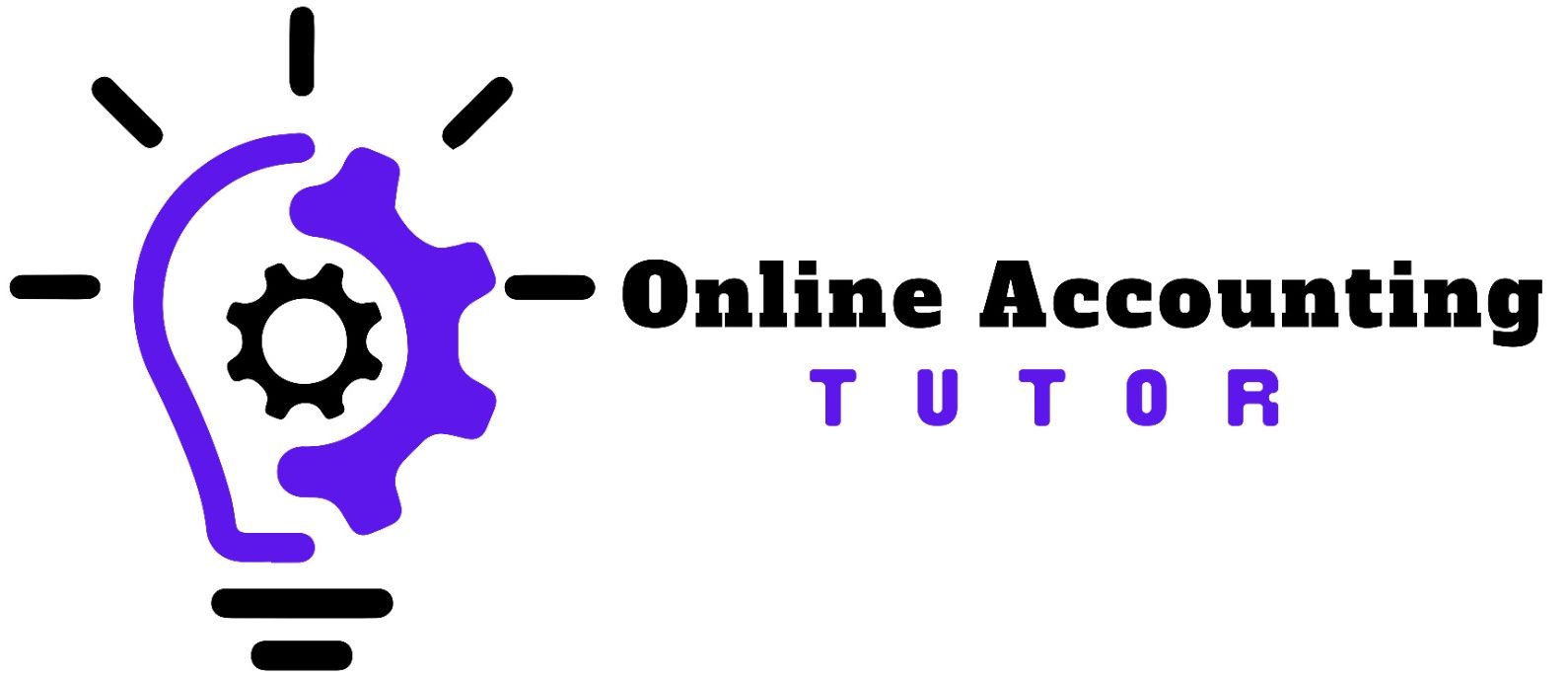
Introduction
Effective expense reporting is a cornerstone of accurate financial accounting and analysis. In this context, understanding the distinction between operating and non-operating expenses is crucial. This article provides a comprehensive guide on how to report these expenses, enhancing the clarity and accuracy of financial statements.
Should I Use Private Tutoring Services?
Understanding Expense Categories
The Role of Expense Reporting
Expense reporting is not just about recording costs; it’s about classifying them in a way that reflects the true financial performance and operational efficiency of a business.
Operating Expenses: Definition and Reporting
Characteristics of Operating Expenses
- Direct Association with Core Business Activities: Operating expenses are incurred as a direct result of a company’s primary business operations.
- Examples: Common examples include cost of goods sold (COGS), salaries, rent for office space, utilities, and marketing expenses.
Expense Reporting – Operating Expenses
- Income Statement: Operating expenses are reported on the income statement.
- Impact on Profitability: They are deducted from gross income to determine the operating income, reflecting the profit generated from core business activities.
Non-Operating Expenses: Definition and Reporting
Characteristics of Non-Operating Expenses
- Incidental or Secondary to Core Operations: These expenses are not directly tied to the primary business activities.
- Examples: Examples include interest expenses, losses from investments, or costs from lawsuits.
Expense Reporting – Non-Operating Expenses
- Separate Section on Income Statement: Non-operating expenses are reported separately from operating expenses, usually below the operating income on the income statement.
- Indication of Financial Health: These expenses provide insights into a company’s financial health and efficiency in managing non-core activities.
Best Practices in Expense Reporting
Accurate Classification
- Understanding the Nature of Expenses: It’s vital to understand whether an expense is directly related to the core business operations or if it’s incidental.
- Training and Guidelines: Ensure that staff responsible for financial reporting are well-trained and have clear guidelines to classify expenses accurately.
Transparency and Consistency
- Clear Documentation: Maintain clear records and documentation for all expenses to support their classification.
- Consistent Approach: Apply a consistent approach to classifying expenses across all reporting periods to ensure comparability and reliability of financial data.
Impact on Financial Analysis
- Assessing Operational Efficiency: Proper classification of expenses helps in assessing a company’s operational efficiency and profitability.
- Investor and Stakeholder Confidence: Accurate and transparent reporting of operating and non-operating expenses boosts confidence among investors and stakeholders.
Conclusion
Accurate reporting of operating and non-operating expenses is essential for providing a clear picture of a company’s financial performance. By meticulously classifying and reporting these expenses, businesses can offer more transparent and reliable financial statements, enabling better decision-making by management, investors, and other stakeholders. Remember, the goal is not just to record expenses, but to classify them in a way that truly reflects the financial and operational health of the business.
"Are you tired of struggling in accounting class? Let us make accounting easy and enjoyable for you."







